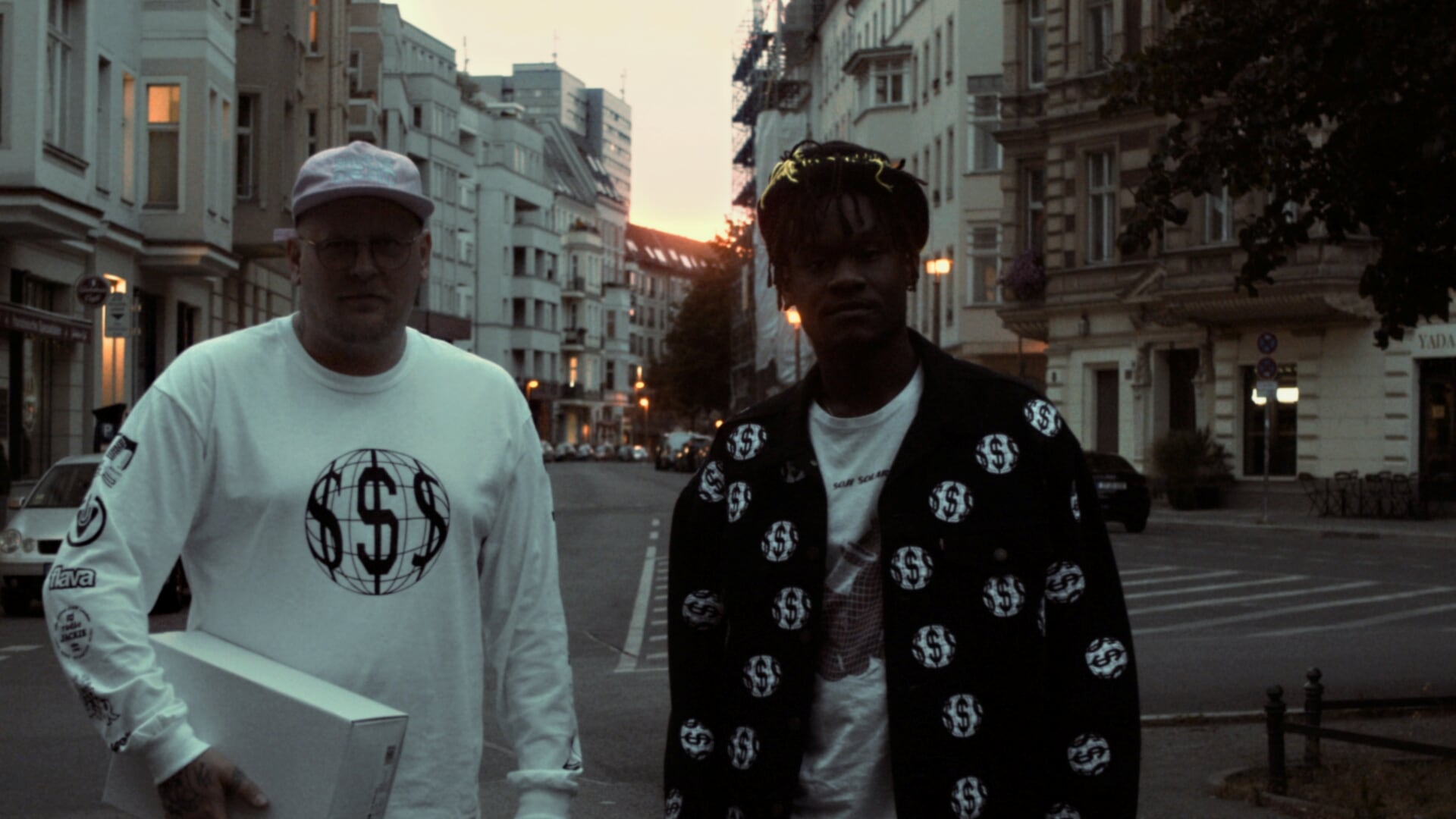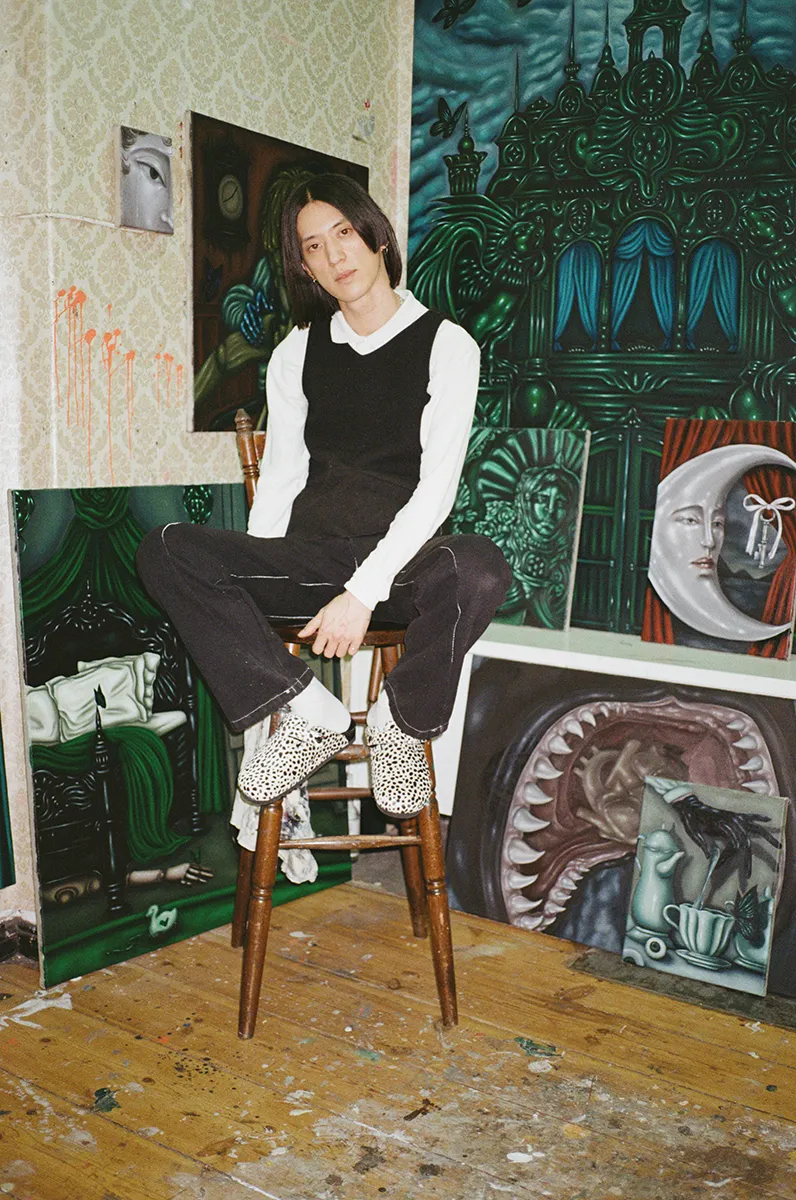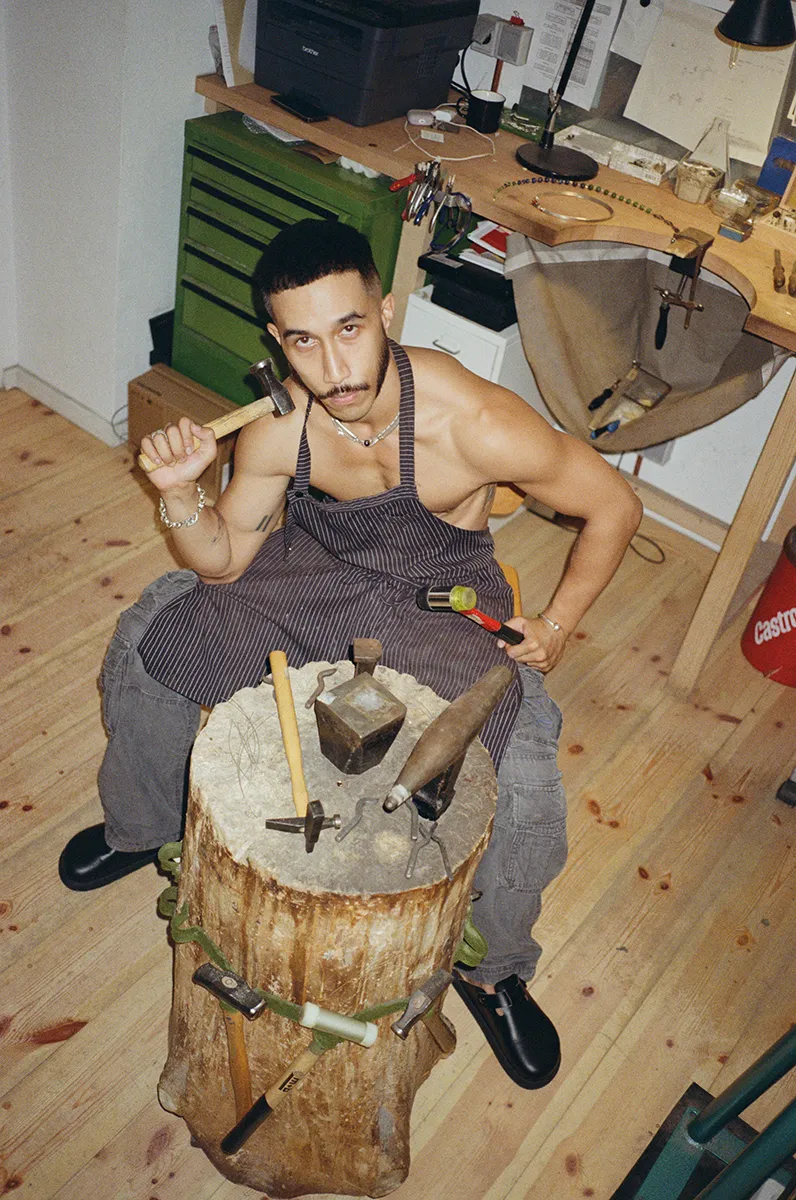In the world of fashion collaborations, the name of the game is clout. By now we all know the deal: Big brands give small brands a sense of credibility, and small brands give big brands access to their niche—an “in” with the more engaged and devoted members of their community or subculture. But as emerging labels and up-and-coming collectives struggle to stay afloat financially, they’re frequently forced to forgo their morals and leave their ethics at the door. When approached by bigger corporations who don’t practice what they preach, how can young brands stand their ground and navigate collaborations on their own terms?
For streetwear stan and creative consultant Bernard Koomson, this question is critical. As the founder of Berlin creative collective deadHYPE, Koomson is constantly looking for ways to approach collaborations without compromising his community empowerment and outreach agenda. Koomson has admired adidas from a young age—seeing how the brand worked with people like Nigo and Run DMC and gave them genuine space to create. “It was always important to see how they gave these skill-based people a platform; allowing them to enter a partnership that gave them a chance to use adidas’ infrastructure.”
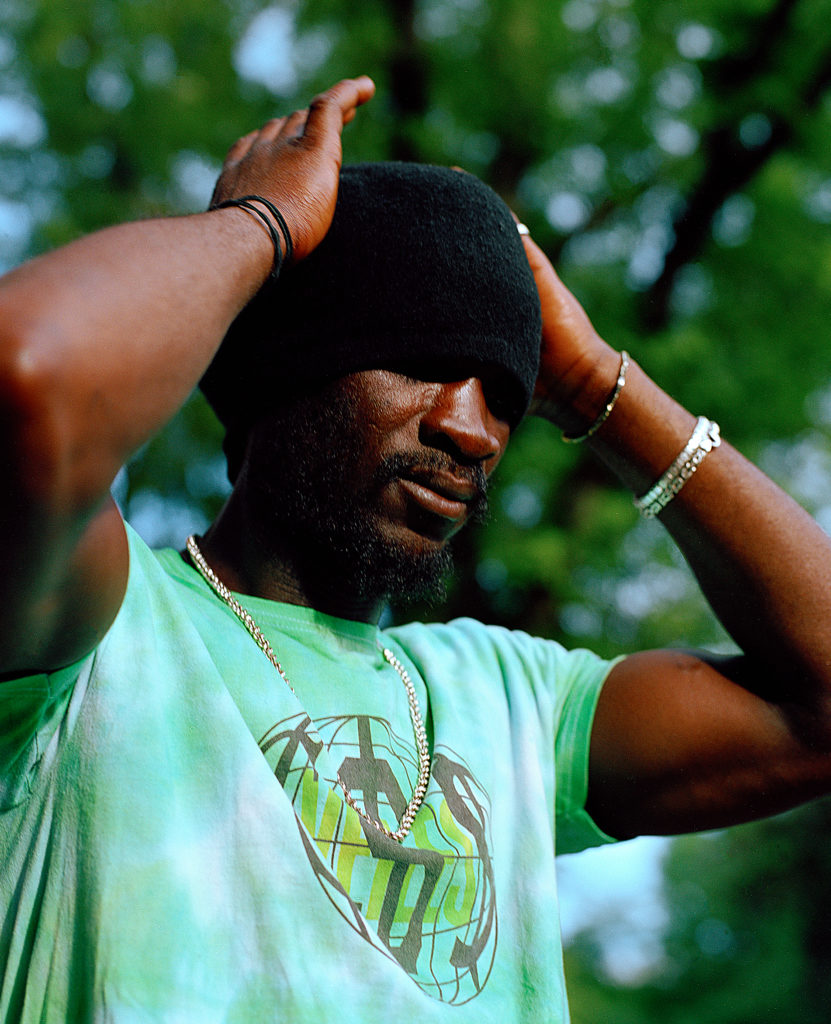
In the early 2000s, Koomson watched as streetwear became more widely adopted by his friends in the UK, noticing the disconnect between consumers, for whom brands were a kind of status symbol, and companies, who were reluctant to embrace the devoted demographic buying their clothes. “I didn’t feel was the case for adidas,” he remembers.
Years later, Koomson went on to intern at adidas and is now a frequent collaborator, creating a lasting, and more importantly reciprocal rapport with the brand. As the two team up again for the deadHYPE edition of the adidas ZX, Koomson imparts the most important lessons learned about collaborating without compromise.
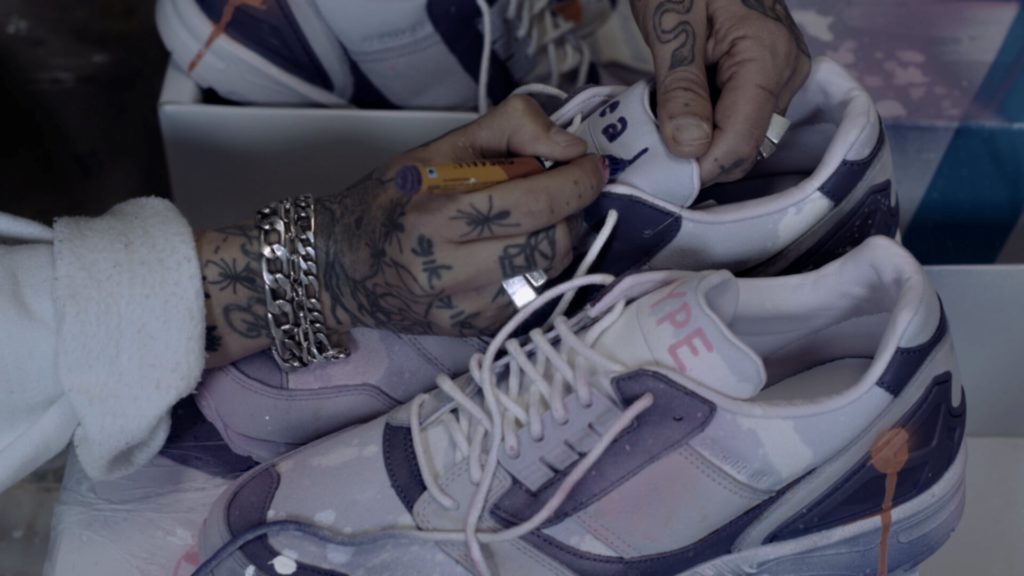
Cater to your community
“Nightlife culture has shaped a lot of our contributors’ identities and afforded them an opportunity to connect with people on passion-driven projects. Spending time with different communities, you begin to understand self-sufficiency, and you understand that creating a safe space transcends any commercial agenda. At deadHYPE, we devote time to understanding corporate institutions and creating similar infrastructures that we can use to be collaborative. We also consult and challenge brands’ approaches to diversity and the distribution of opportunity.”
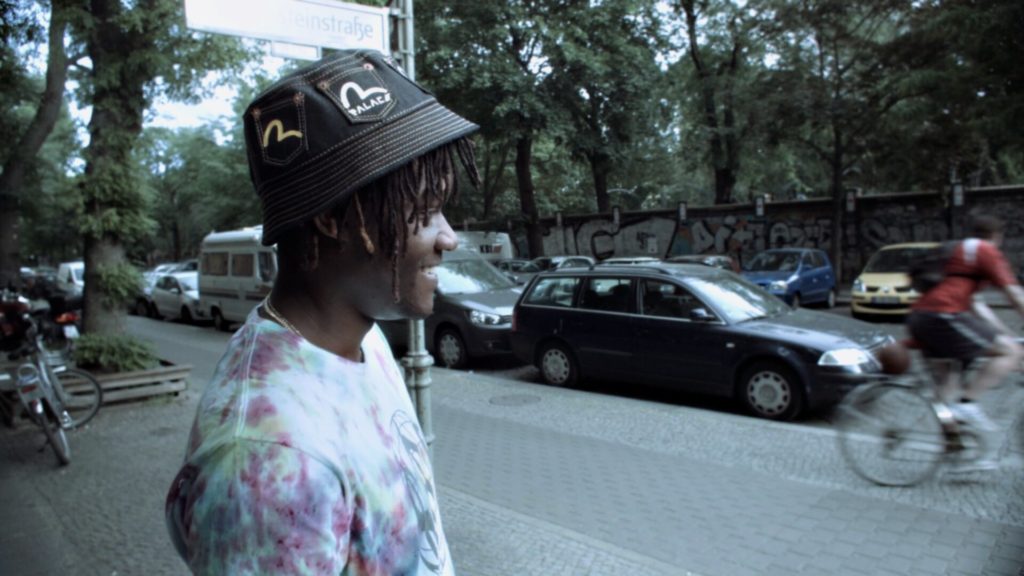
Go out and get what you want
“A lot of the time we reach out to brands as opposed to them reaching out to us,” Koomson admits. “We think about the bigger goal or objective that we are trying to achieve through the collaboration and create a shortlist of brands that are on the same page before starting discussions. It’s really important that when we work together with a brand that the relationship is based in substance with a long term approach to breaking boundaries.”
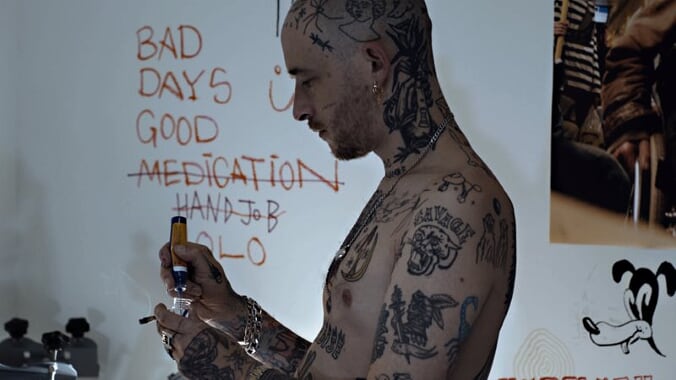
Don’t be afraid of saying no
“If a project feels exploitative or will have negative implications for anyone that comes after us, we immediately say no. A lot of the time brands only want to collaborate with someone because of their high reach—the individual’s skill set is never called into question. The only purpose of the collaboration is to push unthoughtful product. We believe it’s also our responsibility to educate the corporate world on how to create win/win scenarios for the people that buy into their brand. The disconnect is quite shocking—how many brands deliberately shun loyal communities that don’t fit their agendas.”
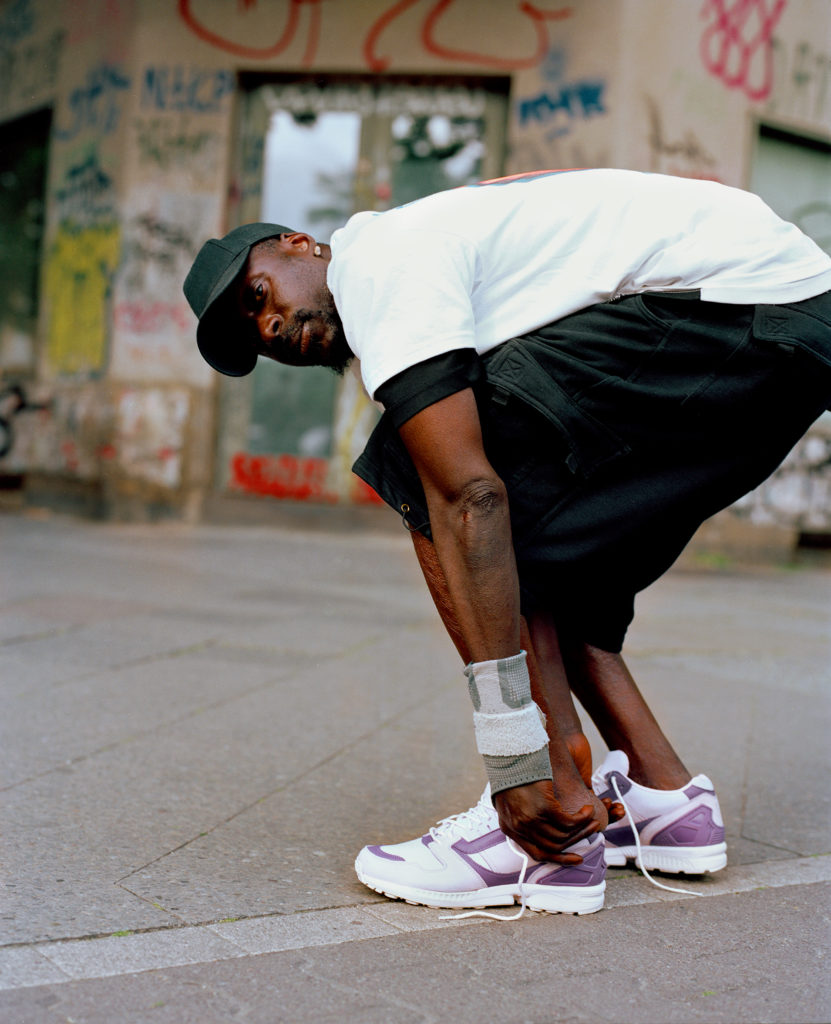
Listen to feedback
“To ensure we’re actually connecting in a meaningful way with the communities we work with, we’re constantly asking for their feedback. We check in, see what is possible and how we can work together to help each other grow.”
